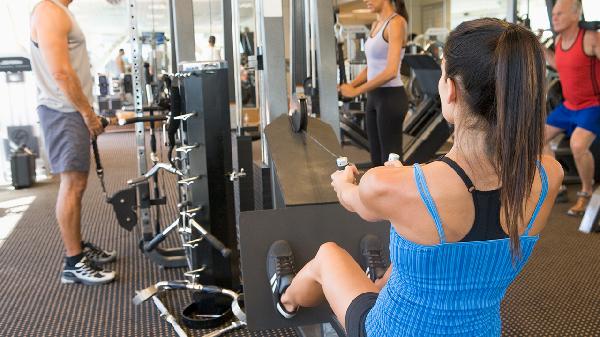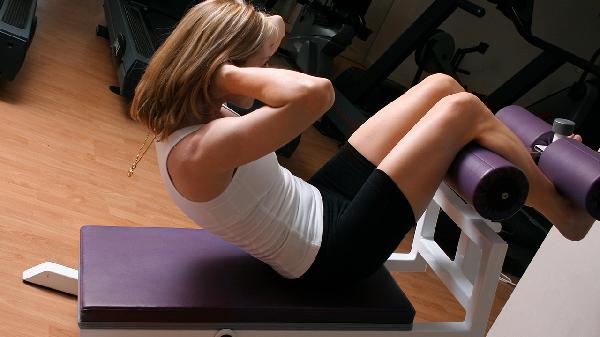If you're looking to get fit fast, sprinting is where it's at. While long runs have their place, sprinting delivers quicker results by torching calories, building muscle, and boosting metabolism in a fraction of the time. It's like hitting the fast-forward button on your fitness goals—no endless hours on the treadmill required.

High-intensity interval training (HIIT), which includes sprinting, triggers something called excess post-exercise oxygen consumption (EPOC). Translation? Your body keeps burning calories long after you’ve stopped running. Compare that to steady-state cardio, where the calorie burn stops almost as soon as you do. Sprinting also ramps up human growth hormone (HGH) production, which helps with fat loss and muscle retention—something long-distance running doesn’t do as effectively. Basically, sprinting gives you more bang for your buck, turning your body into a fat-burning machine even when you're chilling on the couch.
Ever notice how marathon runners tend to look lean but not necessarily jacked? That’s because long-distance running can actually break down muscle over time. Sprinting, on the other hand, is explosive—it recruits fast-twitch muscle fibers, the same ones that help you build strength and power. Think of sprinters: those guys are built. By incorporating short, intense bursts, you’re not just preserving muscle; you’re actively building it. And more muscle means a higher resting metabolic rate, so you’re burning more calories 24/7.
Let’s be real—most of us don’t have hours to spend working out. A solid sprint session can be done in 20 minutes or less, while a long run might eat up an hour or more. With sprinting, you’re maximizing effort in minimal time. A few all-out 30-second bursts with recovery in between can be just as effective (if not more) than a slow, steady jog. Plus, sprinting keeps things exciting—no zoning out on autopilot like you might during a long run.
If you’re new to sprinting, don’t just bolt out the gate like Usain Bolt. Ease into it to avoid injury. Start with a dynamic warm-up—leg swings, high knees, butt kicks—to prep your muscles. Then try intervals: sprint for 20-30 seconds, walk or jog for a minute, and repeat. Aim for 6-8 rounds to start. As you get stronger, increase the sprint time or shorten the rest periods. And always listen to your body—if something feels off, dial it back. Sprinting is intense, but it shouldn’t feel like punishment.
Sprinting doesn’t have to mean running in a straight line. Hill sprints, stair sprints, or even bike sprints can add variety while challenging your muscles in new ways. You can also blend sprinting with bodyweight exercises—do a sprint, then drop for push-ups or squats before the next round. This keeps your workouts fresh and prevents plateaus. The key is to keep the intensity high and the duration short. Your body will thank you with faster, more noticeable results.
At the end of the day, sprinting is a game-changer for anyone looking to level up their fitness without spending half their life working out. It’s efficient, effective, and—let’s be honest—way more fun than slogging through miles of monotony. So lace up those sneakers, hit the track (or the trail, or the stairs), and get ready to see some serious gains.
























